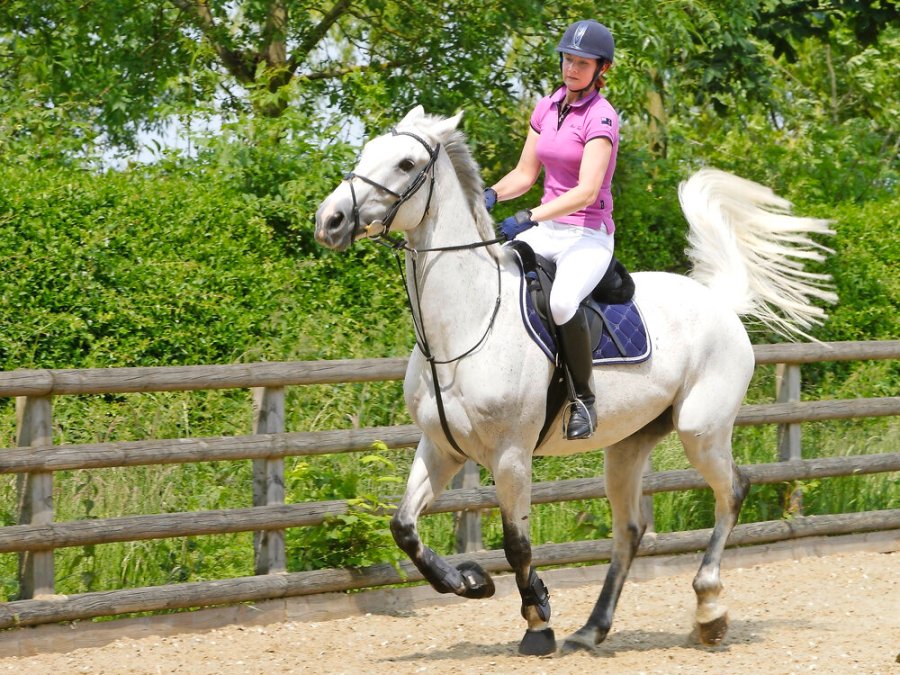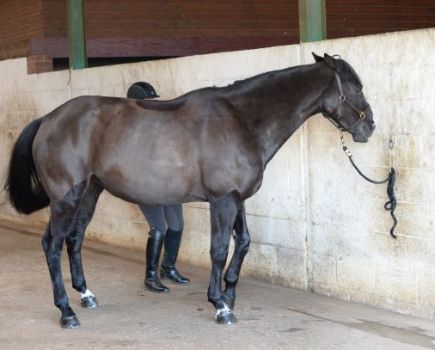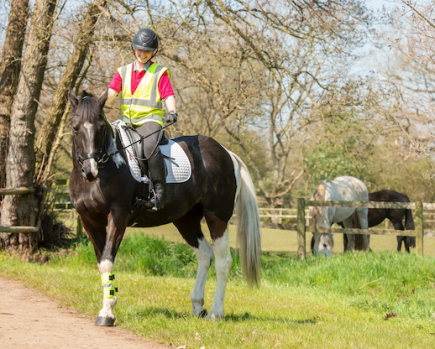Horses who exhibit ‘naughty’ behaviour when being ridden may be in pain. Vet Sue Dyson explores what certain behaviours can mean and how you can help your horse to stay pain-free.
I often hear about ‘grumpy’ horses who exhibit ‘naughty’ behaviour, or the horse who ‘never wants to canter on the right rein’.
The owner’s response is often the same: “But he’s always been like that, so that’s normal for him.”
But have you ever stopped to think that these behaviours may actually reflect underlying problems and that these horses are trying to communicate with us?
I believe that horses are naturally compliant animals and try to do what is asked of them. I also believe that pain-free horses are happy horses — they have an engaged expression and a bright eye, plus they have their ears forwards a lot of the time. They don’t bite or kick.
After many years observing horses both as a rider and as a vet, I have seen horses’ behaviour change when they are in pain and return to normal when that pain is resolved. I have recognised many patterns of behaviour.
For example, a horse who becomes unwilling to walk downhill, or ‘crabs’ going downhill, often has front foot pain.
A horse who begins to stop uncharacteristically when jumping, especially at drop fences or on hard ground, often has front foot pain.
A horse who starts to turn his back on you when you enter the stable with his tack, or picks up one or more limbs when the saddle is placed on his back, swishes his tail, turns his head to the girth, threatens to bite, or tosses his head is usually doing so because he anticipates pain when he’s ridden, either because of ill-fitting tack or in expectation of discomfort when a rider is on his back.
Reading the signs
Owners have to learn how their horses are trying to communicate wit them in order to understand the correct principles of training and the importance of firm, disciplined handling without the use of coercion or force.
This can be challenging wit ha young horse who, for example, may lunge happily to the left, but keeps turning in on the circle on the right rein.
Is this an error of communication, or could it reflect an underlying problem?
It’s easier to consider that pain is the cause of a behaviour if a horse was once compliant and forward going, but has now become less willing and more resistant. Such a change in behaviour is invariably the result of pain.
Ultimately, we must listen to our horses. If you think your horse may have pain-related problems, seek advice from a lameness specialist vet who is also used to looking at ridden horses.
Don’t miss the latest issue of Your Horse Magazine, jam-packed with training and veterinary advice, horse-care tips and the latest equestrian products available on shop shelves, on sale now.









